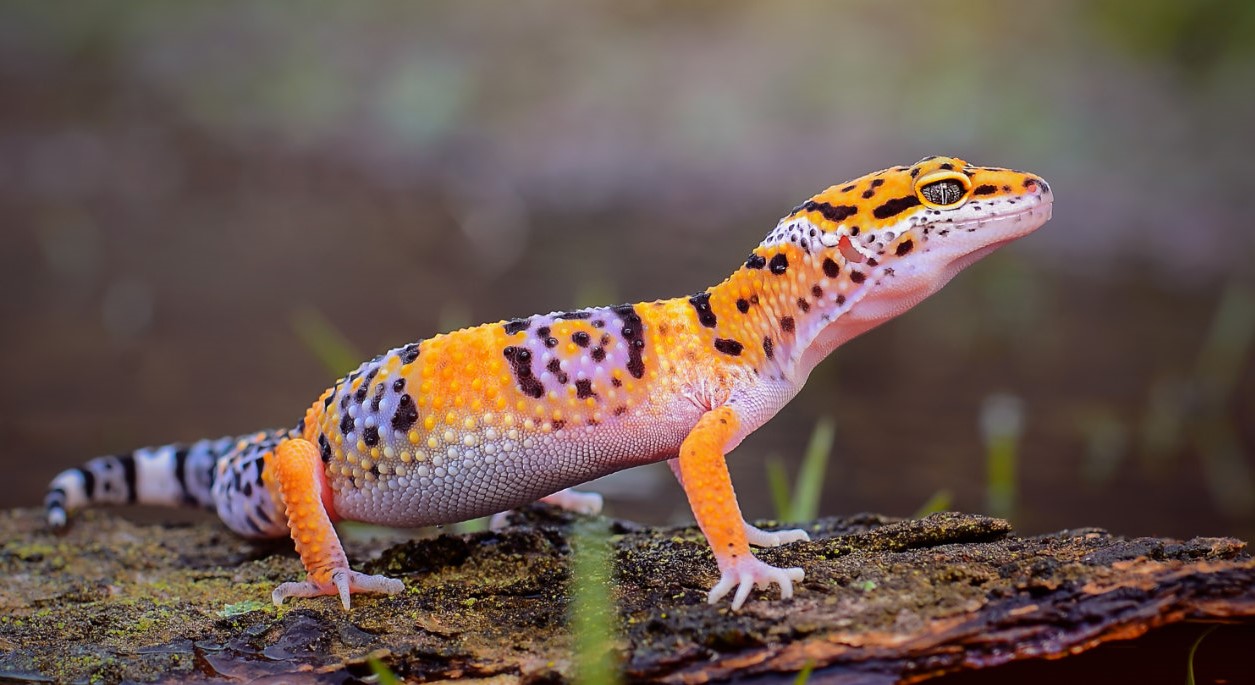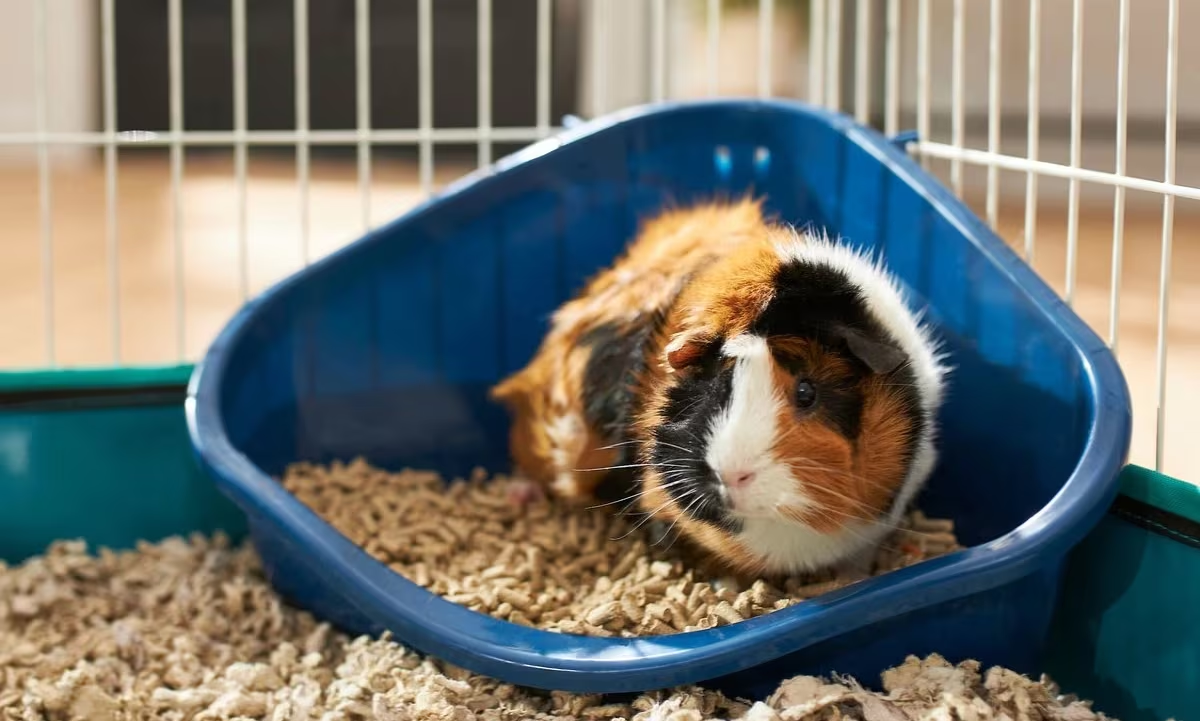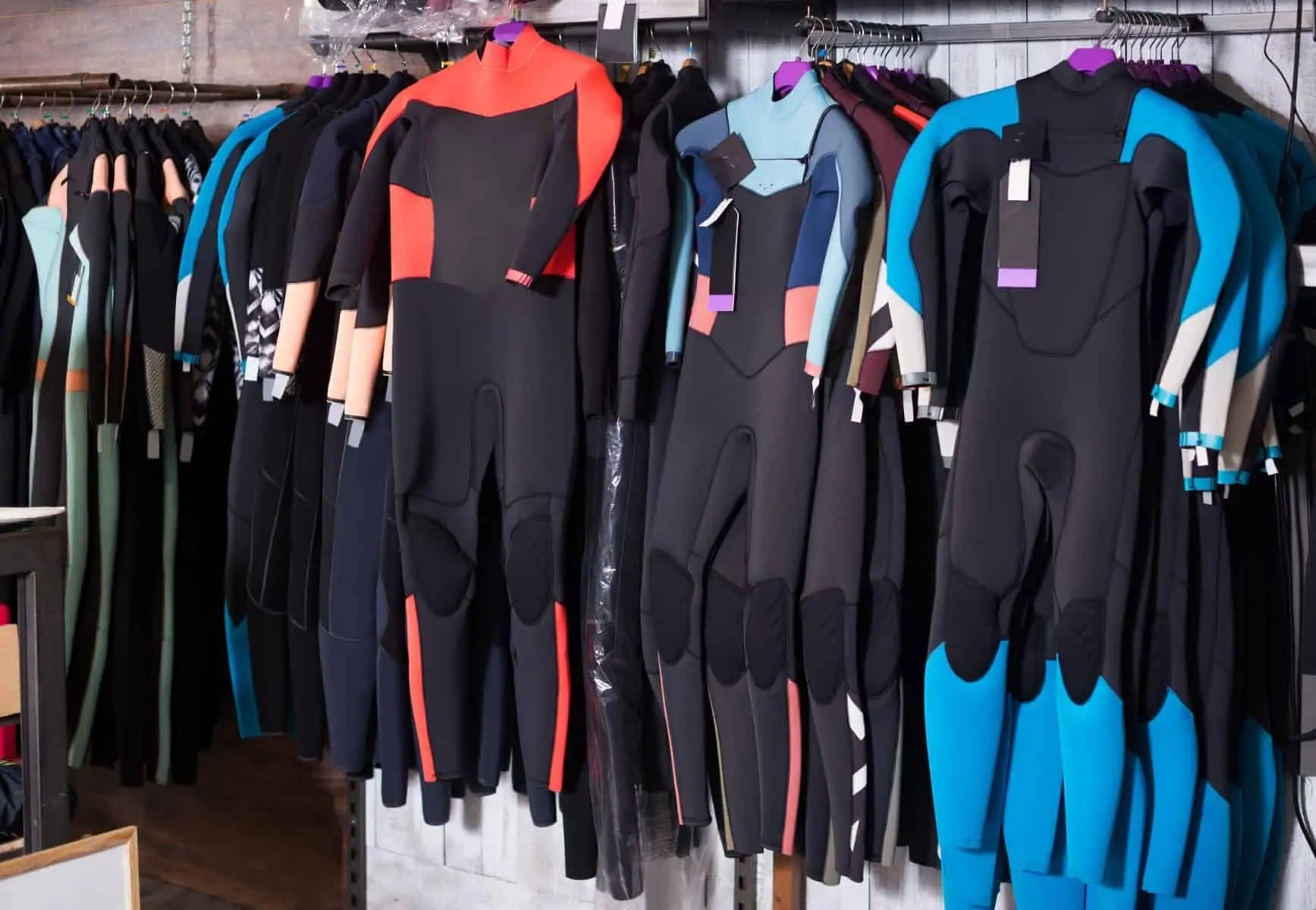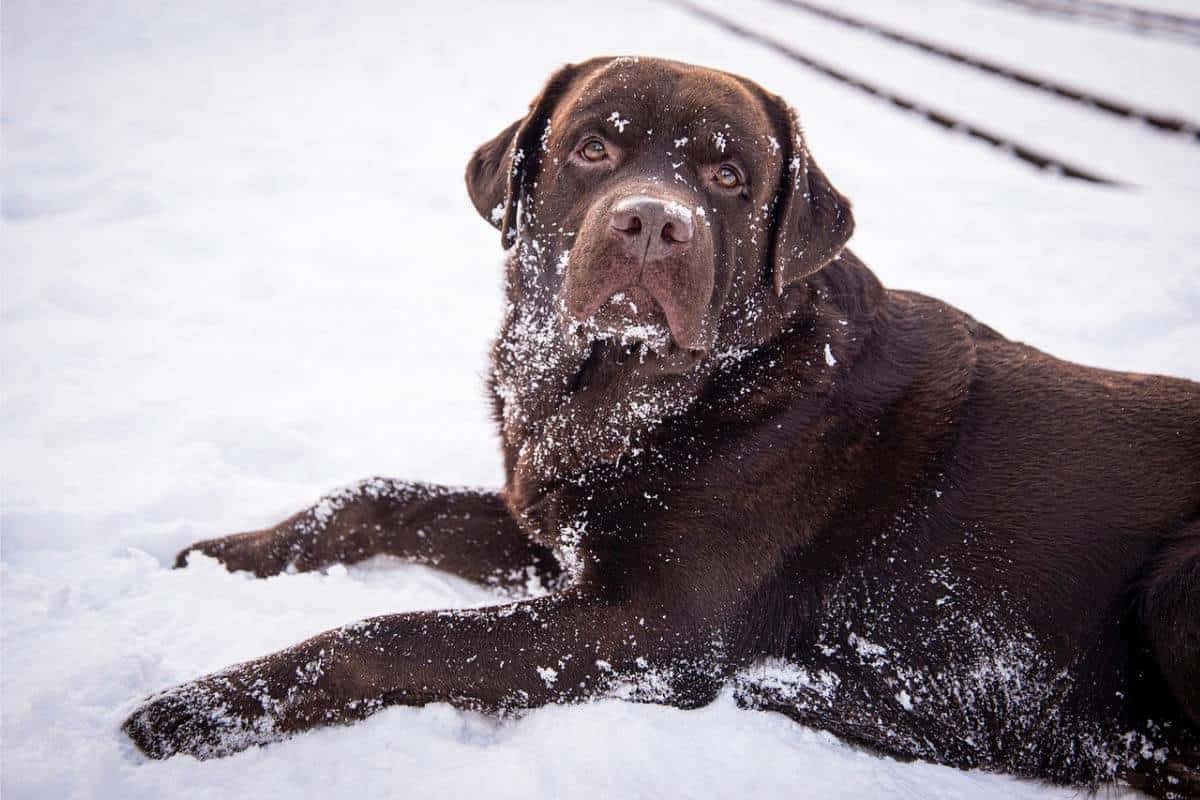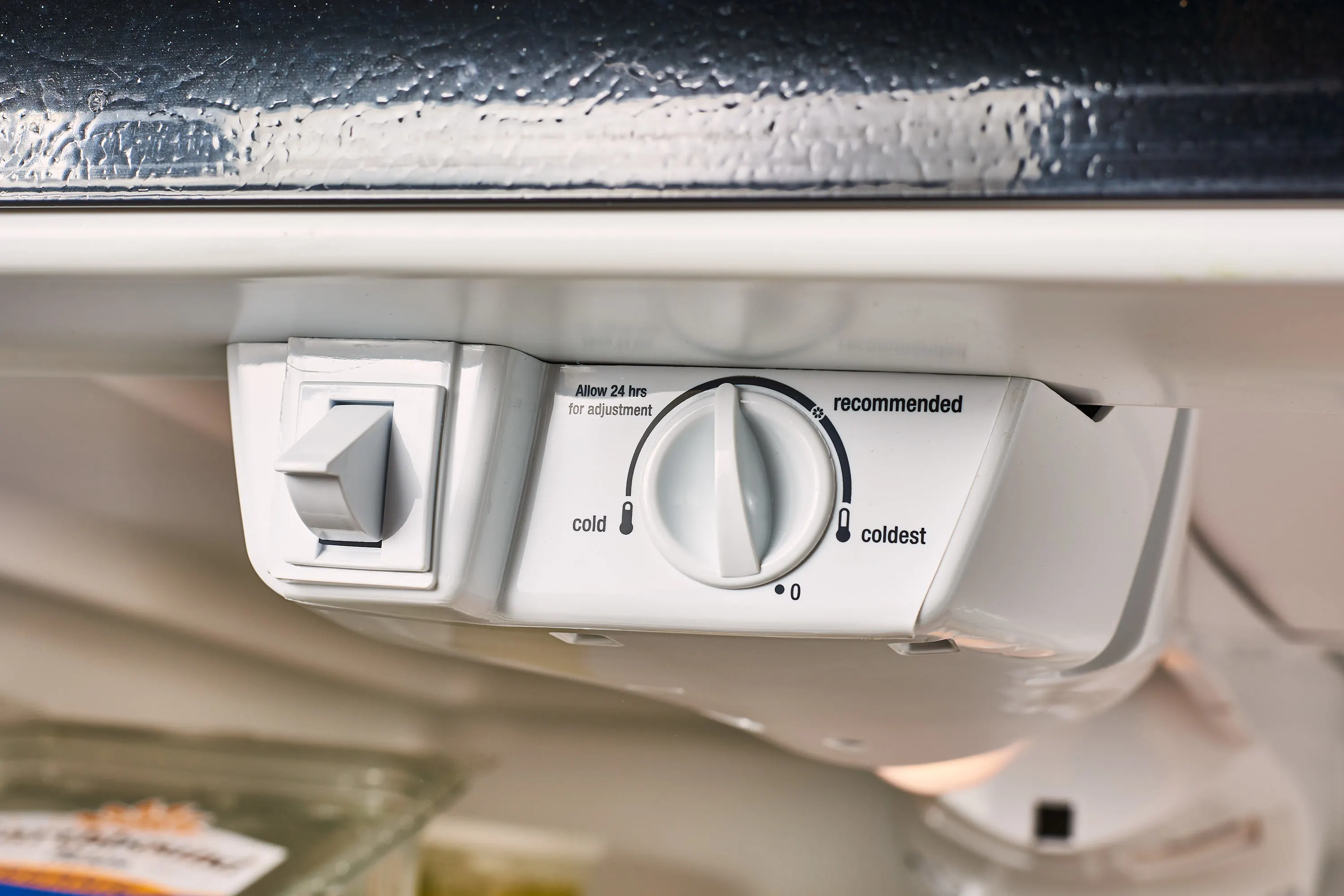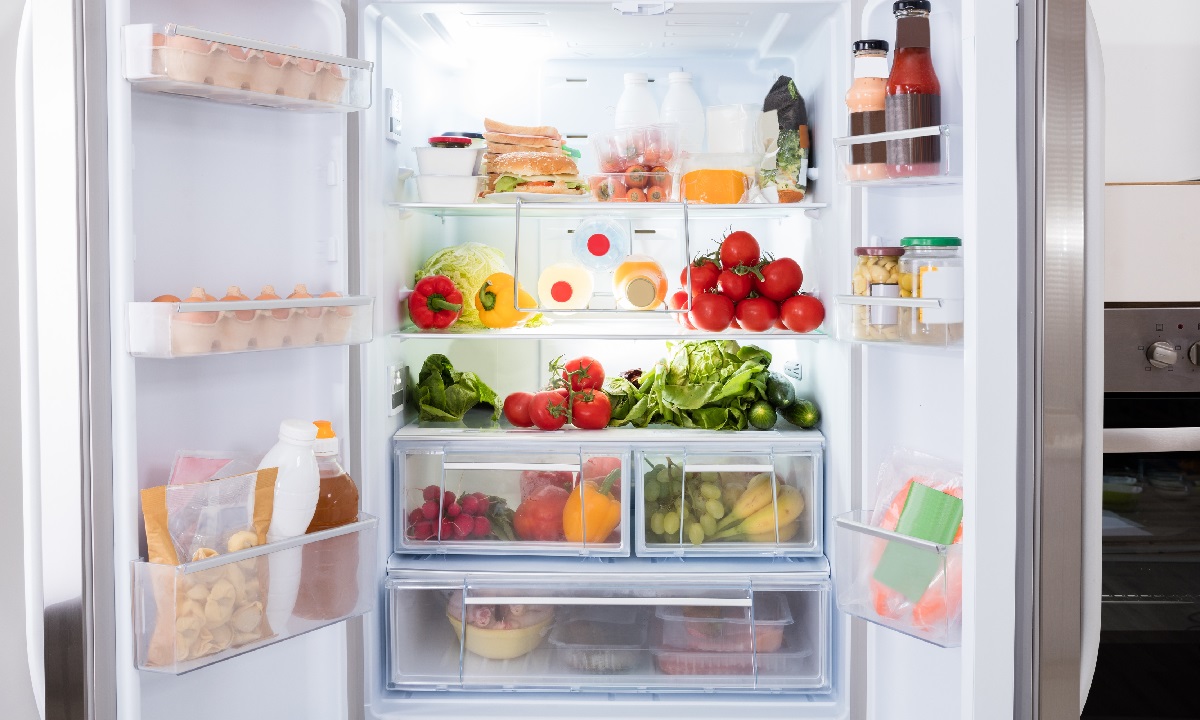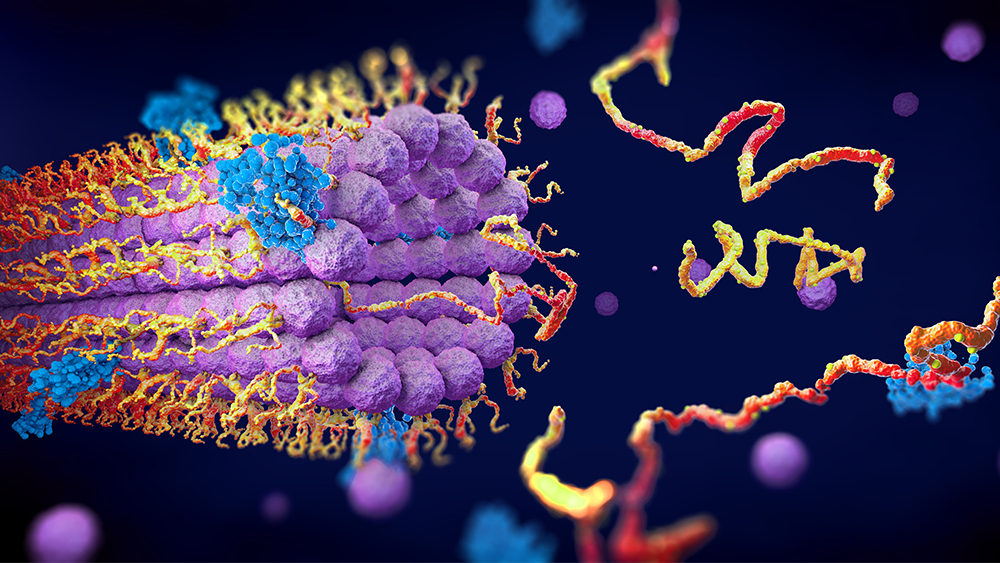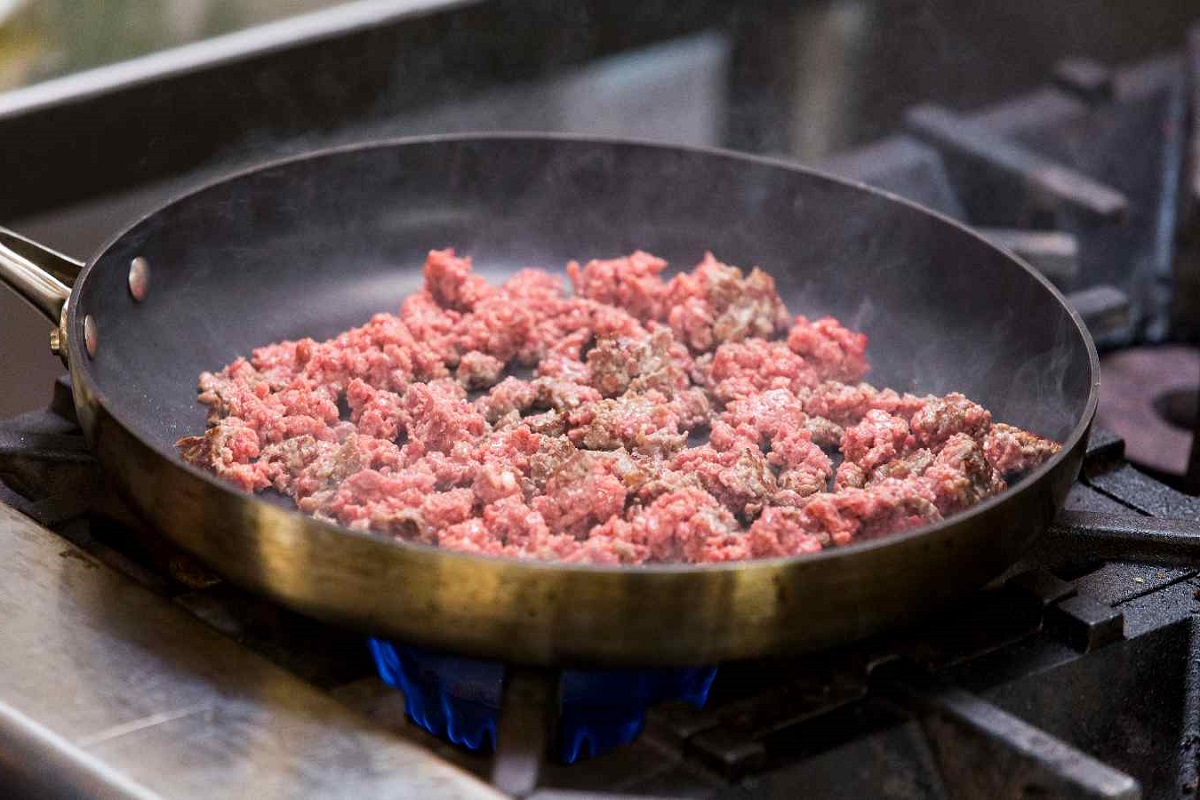Home>Science & Environment>Optimal Temperature For Leopard Geckos: A Guide To Providing The Right Temperature For Your Pet
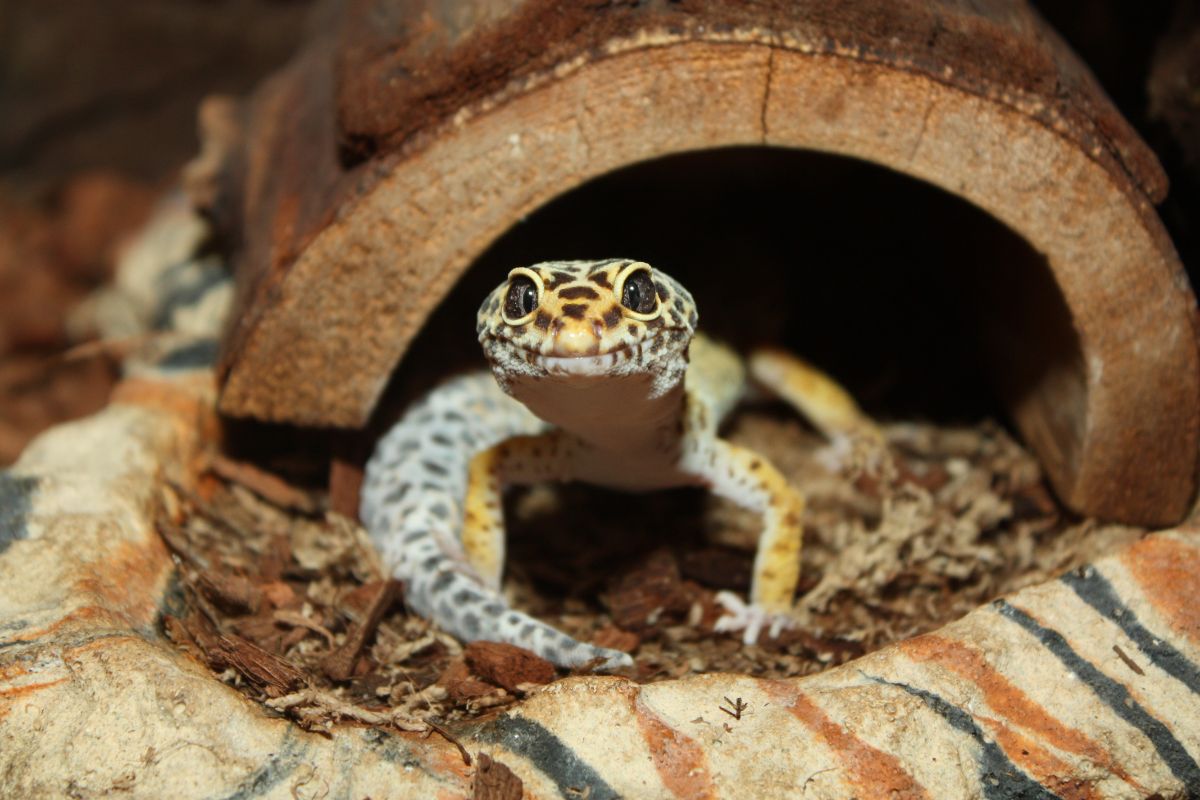

Science & Environment
Optimal Temperature For Leopard Geckos: A Guide To Providing The Right Temperature For Your Pet
Published: February 19, 2024
Ensure the optimal temperature for your leopard gecko with our comprehensive guide. Create the perfect environment for your pet with our science-based tips.
(Many of the links in this article redirect to a specific reviewed product. Your purchase of these products through affiliate links helps to generate commission for Temperatures.com, at no extra cost. Learn more)
Table of Contents
Understanding the Temperature Needs of Leopard Geckos
Leopard geckos, scientifically known as Eublepharis macularius, are fascinating creatures that require specific environmental conditions to thrive in captivity. As ectothermic reptiles, they rely on external heat sources to regulate their body temperature. Understanding the temperature needs of leopard geckos is crucial for creating a suitable habitat that promotes their overall well-being.
In their natural habitat of the rocky, dry grasslands of Afghanistan, Pakistan, and northwest India, leopard geckos bask in the warmth of the sun during the day and seek shelter in cooler areas to regulate their body temperature. This behavior is essential to their physiological functions, including digestion, metabolism, and overall activity levels.
In captivity, replicating this natural temperature gradient is vital for the health and happiness of leopard geckos. The optimal temperature range for leopard geckos is typically between 88°F to 92°F (31°C to 33°C) on the warm end of the enclosure during the day, with a cooler area ranging from 70°F to 75°F (21°C to 24°C) on the opposite end. This temperature gradient allows leopard geckos to thermoregulate by moving between warmer and cooler areas as needed.
Maintaining the appropriate temperature is crucial for several reasons. Firstly, it supports the gecko's digestion process, as they require warmth to metabolize their food effectively. Additionally, the right temperature range is essential for their immune function, respiratory health, and overall activity levels. Without proper temperature regulation, leopard geckos may experience stress, decreased appetite, and are more susceptible to illnesses.
It's important to note that leopard geckos also require a drop in temperature at night to mimic their natural environment. Nighttime temperatures can range from 70°F to 75°F (21°C to 24°C) throughout the enclosure, allowing the geckos to experience a natural cooling period.
Understanding the temperature needs of leopard geckos involves recognizing the significance of providing a suitable thermal gradient within their enclosure. By replicating their natural habitat's temperature variations, leopard geckos can thrive and exhibit their natural behaviors, contributing to their overall health and well-being.
Setting Up the Ideal Temperature Gradient in the Enclosure
Creating the ideal temperature gradient in a leopard gecko enclosure is essential for replicating their natural habitat and ensuring their well-being in captivity. To achieve this, it's crucial to consider the enclosure's size, heating equipment, and the gecko's natural behavior.
Understanding the Enclosure Size
The size of the enclosure plays a significant role in establishing a proper temperature gradient. A larger enclosure allows for a more natural distribution of heat, enabling the gecko to move between warmer and cooler areas as needed. This mimics their behavior in the wild and provides them with the opportunity to regulate their body temperature effectively.
Heat Source Placement
Strategic placement of heating equipment is vital for creating the desired temperature gradient. The primary heat source, such as an under-tank heating pad or a ceramic heat emitter, should be positioned at one end of the enclosure to establish a warm zone. This area should maintain a temperature of 88°F to 92°F (31°C to 33°C) during the day, providing the gecko with a comfortable basking spot.
Providing a Cool Zone
In contrast to the warm zone, the opposite end of the enclosure should remain cooler, ranging from 70°F to 75°F (21°C to 24°C). This cooler area serves as a retreat for the gecko when they need to lower their body temperature. By incorporating a thermal gradient, leopard geckos can exhibit their natural thermoregulatory behavior, promoting overall health and comfort.
Read more: The Optimal Temperature Range For Cats
Use of Hides and Decor
In addition to heat sources, the strategic placement of hides, plants, and decor within the enclosure contributes to the creation of a diverse temperature gradient. Hides placed at both the warm and cool ends allow the gecko to seek shelter based on their temperature preferences. This setup not only supports their thermoregulation but also provides enrichment and security within their environment.
Monitoring and Adjusting
Regular monitoring of the temperature gradient is essential to ensure that the enclosure maintains the appropriate thermal zones. The use of reliable thermometers at both ends of the enclosure enables caregivers to assess and adjust the temperature as needed, ensuring that the gecko has access to the optimal thermal gradient.
By carefully considering the enclosure size, heat source placement, provision of a cool zone, and the use of hides and decor, caregivers can effectively set up the ideal temperature gradient in a leopard gecko enclosure. This attention to detail mirrors the gecko's natural habitat, promoting their physical and behavioral well-being in captivity.
Choosing the Right Heating Equipment for Your Leopard Gecko
Selecting the appropriate heating equipment is paramount in creating a conducive environment for the well-being of leopard geckos. The right heating equipment not only ensures the provision of the necessary temperature gradient but also contributes to the overall comfort and health of these captivating reptiles.
Under-tank Heating Pads
Under-tank heating pads, also known as heat mats, are a popular choice for providing supplemental heat to leopard gecko enclosures. These pads are placed beneath one side of the enclosure to create a warm zone, allowing the gecko to regulate its body temperature effectively. When choosing an under-tank heating pad, it is essential to select a size that covers approximately one-third of the enclosure's floor space. This ensures that the warm zone is adequately sized for the gecko to bask and thermoregulate as needed.
Read more: Ideal Indoor Temperature For Dogs: Ensuring A Comfortable Environment For Your Canine Companion
Ceramic Heat Emitters
Ceramic heat emitters (CHEs) are another viable option for maintaining the warm end of the enclosure. These heat emitters produce infrared heat, which is beneficial for creating a gentle and consistent warmth within the designated area. When using ceramic heat emitters, it is crucial to install them with a thermostat to regulate the temperature and prevent overheating. Additionally, CHEs should be positioned outside the enclosure to minimize the risk of accidental contact and ensure the safety of the leopard gecko.
Heat Lamps
Heat lamps, particularly those equipped with a red or infrared bulb, can also be utilized to provide warmth to the enclosure. These lamps emit radiant heat, simulating the warmth of the sun and creating a cozy basking spot for the gecko. When using heat lamps, it is important to consider the distance between the lamp and the basking area to achieve the optimal temperature range without causing discomfort or overheating.
Temperature Controllers and Thermostats
Regardless of the heating equipment chosen, the use of temperature controllers and thermostats is imperative for maintaining a stable and safe thermal environment. These devices enable caregivers to regulate the heat output, monitor temperature fluctuations, and ensure that the enclosure remains within the appropriate temperature range. By incorporating temperature controllers and thermostats, caregivers can safeguard their leopard geckos from potential temperature extremes and create a consistent and comfortable habitat.
In summary, selecting the right heating equipment for leopard geckos involves careful consideration of under-tank heating pads, ceramic heat emitters, heat lamps, and the implementation of temperature controllers and thermostats. By choosing suitable heating equipment and employing proper temperature regulation, caregivers can establish an environment that supports the natural thermoregulatory behavior of leopard geckos, contributing to their overall health and well-being.
Monitoring and Adjusting the Temperature for Optimal Health
Monitoring and adjusting the temperature within a leopard gecko enclosure is a critical aspect of responsible reptile care. As ectothermic creatures, leopard geckos rely on external heat sources to regulate their body temperature, making it essential for caregivers to maintain a suitable thermal gradient for their well-being.
Regular monitoring of the temperature gradient is imperative to ensure that the warm and cool zones within the enclosure remain within the appropriate range. Utilizing reliable thermometers placed at both ends of the enclosure enables caregivers to assess the temperature differentials and make necessary adjustments. Digital thermometers with probes are particularly useful for accurate temperature readings, providing caregivers with precise data to inform their decisions.
When monitoring the temperature gradient, caregivers should pay close attention to any fluctuations caused by external factors such as room temperature changes, seasonal variations, or the performance of heating equipment. It is essential to note that environmental conditions can impact the enclosure's temperature, necessitating periodic checks to maintain the desired thermal gradient.
In addition to monitoring, caregivers must be prepared to make adjustments to the heating equipment based on the temperature readings and the gecko's behavior. If the warm zone consistently exceeds the optimal temperature range, adjustments such as lowering the heat output of heating pads or adjusting the distance of heat lamps can help regulate the temperature. Conversely, if the warm zone falls below the recommended range, caregivers may need to increase the heat output or reposition the heating equipment to ensure adequate warmth.
Caregivers should also consider the impact of ambient room temperature on the enclosure's thermal gradient, especially during seasonal changes. As room temperatures fluctuate, adjustments to the heating equipment may be necessary to maintain the desired temperature gradient within the enclosure. This proactive approach ensures that leopard geckos have access to the appropriate thermal conditions, supporting their natural behaviors and physiological functions.
By consistently monitoring and adjusting the temperature within the enclosure, caregivers can create a stable and comfortable habitat for leopard geckos. This proactive approach not only promotes the geckos' overall health and well-being but also reflects a commitment to providing optimal care for these captivating reptiles.
Common Mistakes to Avoid When Providing Heat for Leopard Geckos
-
Inadequate Temperature Gradient: One common mistake is failing to establish a proper temperature gradient within the enclosure. Without a designated warm zone ranging from 88°F to 92°F (31°C to 33°C) and a cooler area between 70°F to 75°F (21°C to 24°C), leopard geckos are unable to thermoregulate effectively. This oversight can lead to stress, digestive issues, and overall discomfort for the geckos.
-
Incorrect Placement of Heating Equipment: Placing heating equipment in the wrong location within the enclosure can disrupt the natural temperature gradient. For instance, positioning the primary heat source in the center of the enclosure instead of one end can hinder the gecko's ability to move between warm and cool areas. Caregivers should ensure that heating elements are strategically placed to create the desired thermal gradient.
-
Overreliance on Heat Rocks: Heat rocks, often marketed as supplemental heating sources, can pose significant risks to leopard geckos. These products have been known to malfunction, leading to burns and injuries. Relying solely on heat rocks for warmth can also limit the gecko's ability to regulate its body temperature effectively. It is crucial to prioritize safer heating options such as under-tank heating pads or ceramic heat emitters.
-
Inadequate Monitoring of Temperature: Neglecting to monitor the temperature within the enclosure can result in unforeseen fluctuations that may compromise the gecko's well-being. Without reliable thermometers and regular temperature checks, caregivers may overlook potential issues such as overheating or inadequate warmth, impacting the gecko's health.
-
Failure to Adjust for Seasonal Variations: Room temperatures can fluctuate with seasonal changes, affecting the overall temperature within the enclosure. Caregivers must be attentive to these variations and make necessary adjustments to the heating equipment to ensure that the temperature gradient remains consistent throughout the year.
-
Disregarding Nighttime Temperature Requirements: Leopard geckos require a drop in temperature at night to mimic their natural environment. Failing to provide a cooler nighttime temperature ranging from 70°F to 75°F (21°C to 24°C) can disrupt their natural behavioral patterns and impact their overall health.
-
Inadequate Use of Thermostats: The absence of thermostats or temperature controllers can lead to temperature extremes within the enclosure. Without these essential devices, caregivers may struggle to regulate the heat output of heating equipment, increasing the risk of overheating or inadequate warmth.
By avoiding these common mistakes and prioritizing the creation of a suitable temperature gradient, caregivers can ensure the optimal health and well-being of their leopard geckos.


